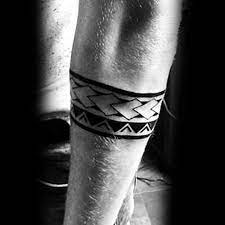Time

– Color Tattoos take longer to complete due to their intricacy, especially if they involve gradients or shading techniques.
– Tattoo artists may need to reorder ink supplies, which costs the tattoo parlor additional money.
– Colored Tattoos may require touch-ups as certain hues, like red, yellow, and green, fade rapidly over time.
Materials
– Tattoo ink consists of pigment particles, dyes, binders, and additives suspended in a carrier solution to create color.
– Additives help the tattoo pigment adhere to the skin securely and provide protection against infection.
– Tattoo inks often contain azo pigments as primary coloring agents, which may release carcinogenic substances over time.
– Other common ingredients include carbon black, iron oxide, and cinnabar.
Artists
– Tattoo artists do not typically charge more for colored Tattoos than black-and-gray tattoos, but additional materials and time may incur charges.
– Color Tattoos may fade over time due to UV rays, so selecting the tattoo placement carefully is essential.
– Communication with the artist is crucial, especially in understanding your skin tone and how it may affect the final result.
Sensitive Areas
– Tattoo colors should complement the person’s skin tone and complexion for the best outcome.
– Lighter inks may be better against pale skin, while medium or tanned skin can showcase oranges, reds, and greens.
– Dark skin absorbs ink differently and may undergo color changes once healed.
– Choosing the right location is essential for maintaining the tattoo’s appearance over time.

